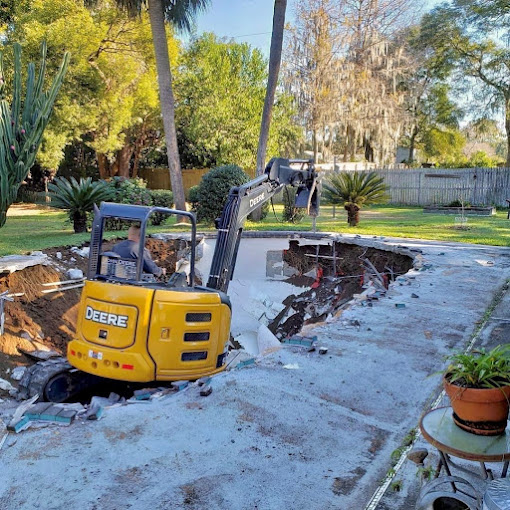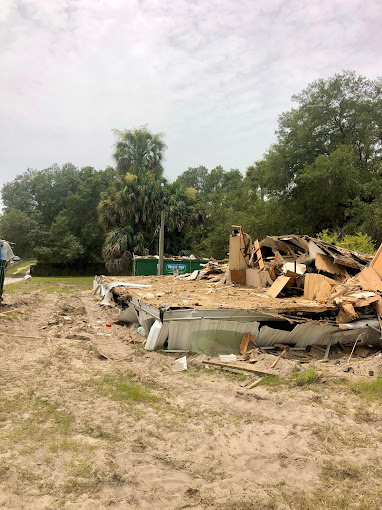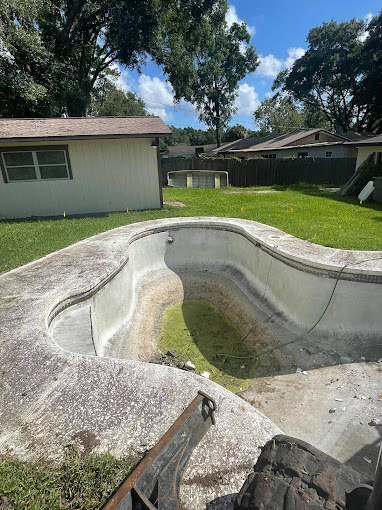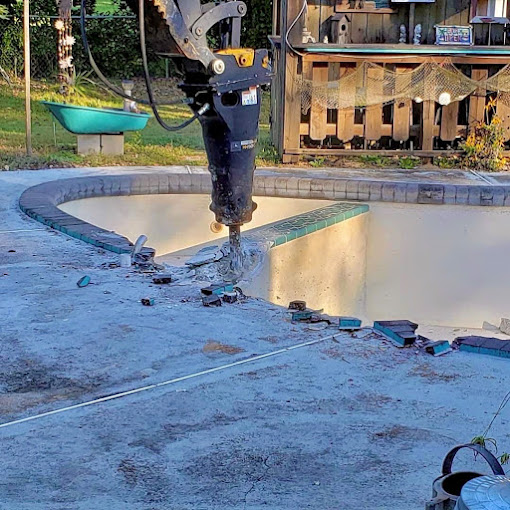Haskins Demolition LLC
As a licensed and certified demolition company with more than 30 years of experience, Haskins Demolition has helped countless customers. We value our customers' satisfaction and... more
Davis Lee Services
Clean Square LLC offers comprehensive demolition services to assist residential and commercial customers with all their project needs. Whether you need us to demolish a... more
Knockout Junk Removal
Knockout Junk Removal’s goal is to K.O. all jobs in an efficient manner. We guarantee to knock out all of our competitors’ prices... more
A & A Trucking & Excavating
A family owned business serving Ocala and the surrounding areas, A & A Trucking & Excavating have grown by always believing in honest business practices... more
Citrus Demolition and Land Clearing
Citrus Demolition and Land Clearing is state licensed and insured to perform demolition projects of all sizes. We pull our own permits, are professionally staffed,... more
Faillas Demolition Service
As a member of the Better Business Bureau, Failla Services, Inc. is located in Homosassa, FL and serves the greater Crystal River area. Our reputation... more
Nearby Places for Tank Removal
Tank Removal Tips for Homosassa, FL
What is the history of oil tanks?
- 1859 — Oil is discovered and stored in wooden barrels.
- Late 1800s — The first steel storage tanks are produced to keep valuable oil safe.
- 1922 — First standards for steel storage tank safety are developed.
- 1930s — Underground storage tanks are now the preferred storage method, opposed to the previously preferred above ground storage tanks.
- 1960s — Tank owners grow more frustrated and more concerned with oil loss due to tank corrosion.
- 1970s — Concerns begin to spread regarding the environmental impact of oil tank leaks.
- 1988 — The EPA sets a deadline for upgrading underground tank systems, putting new tank regulations into place.
- 1990s — Many begin closing and removing their tanks due to the widely known environmental and health risks.
Find out more: Removing an Oil Tank? Start Here.



